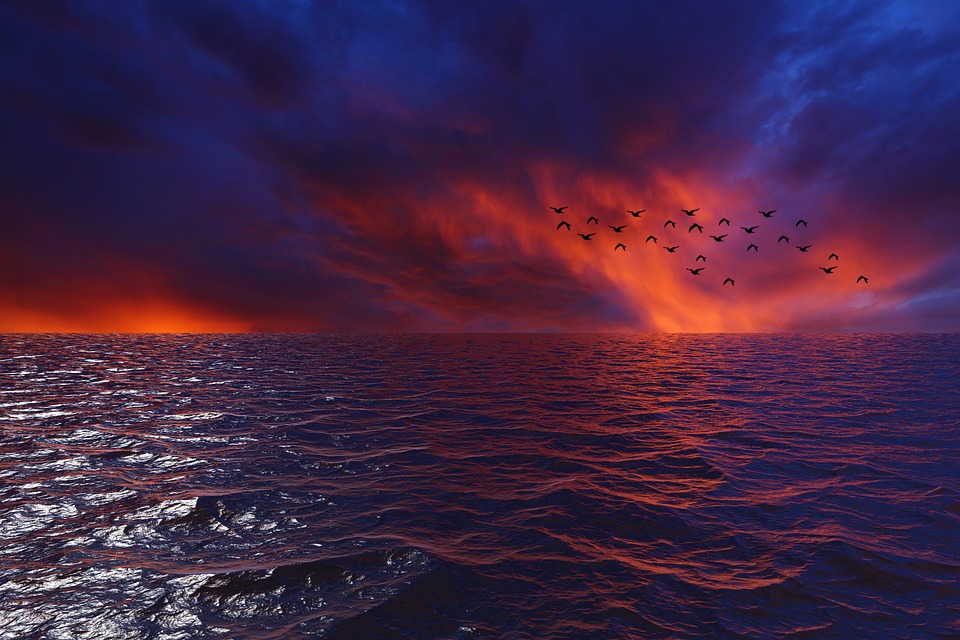Title: Beyond the Horizon: Unearthing the Intriguing Facts of Mars
Introduction
The Red Planet, famously known as Mars, has always been a subject of intrigue and wonderment ever since its existence was discovered centuries ago. This article dives into the intriguing facts about Mars, offering readers an opportunity to explore a world beyond Earth’s familiar boundaries!
Chapter 1: Mars – The Red Planet
Nicknamed the Red Planet due to its distinct reddish hue, Mars stands out uniquely among the celestial bodies in our solar system. The striking color comes from the presence of iron oxide (rust) on its surface, exposing Mars’ geological history and the possibility of past water flow. Scientists strongly believe that, billions of years ago, Mars was a wet planet with oceans, lakes, and rivers.
Chapter 2: Mars’ Unique Geography and Climate
Mars’ physical attributes show a stark resemblance yet a diverse contrast to Earth’s geography. It has the largest dust storms in the solar system, creating an ever-changing surface with countless volcanoes, canyons, and ice caps. The planet has two extremes: The northern hemisphere is smoother and covered with low-lying plains, whereas the southern hemisphere is densely filled with areas of highland and great variety.
Mars’ axial tilt and thin atmosphere create a balance between ice and liquid water, making it appear as if the Red Planet is experiencing seasons alike to Earth. With an average temperature ranging from -80 to -20 degrees Fahrenheit during winter in the southern hemisphere, surviving Mars’ extreme climate would be anything but easy!
Chapter 3: The Potential for Life on Mars
Mars might be a barren, desolate planet today, but that does not undermine the possibility of life on its surface billions of years ago. Discoveries made through remote sensing and rovers have indicated a history rich with the potential for life, with evidence of ancient lava flows, river valleys, and possible oceans in the planet’s distant past.
One of the most exciting discoveries is the presence of methane gas, which, on Earth, primarily results from biological activity. Although there is no concrete proof, the existence of methane could point to the possibility of extinct or even existing microbial life on Mars.
Chapter 4: The Human Fascination with Mars
Humans have been gazing at Mars for thousands of years, with different cultures associating various significances to the planet. From early astronomers who named it after the Roman god of war, to modern-day explorers who dream of setting foot on the Red Planet.
Mars has been a notable part of influences in science fiction literature and movies alike, enticing people to imagine a future where humans colonize Mars! Interplanetary travel initiatives are underway, with ambitious goals to send human explorers to Mars’ surface in the near future.
Conclusion
Mars, with its mysteries and possible secrets of life, remains the beacon of the next phase of human exploration. As we continue to study and understand this enigmatic planet, who knows what other fascinating revelations we might uncover?
FAQs
Q: How far is Mars from Earth?
A: Mars is on average approximately 225 million kilometers away from Earth.
Q: Why is Mars called the Red Planet?
A: Mars gets its nickname from its reddish color, which is caused by the abundance of iron oxide (rust) on its surface.
Q: Is there any breathable air on Mars?
A: No, the Martian atmosphere is around 95% carbon dioxide, with trace amounts of oxygen and nitrogen.
Q: Are there any humans living on Mars?
A: No, currently, there is no human presence on Mars. However, several robotic rovers and orbiters are continuously studying the planet.
[IMAGE: Mars as viewed through a powerful telescope on a clear night, capturing its reddish hue.]



